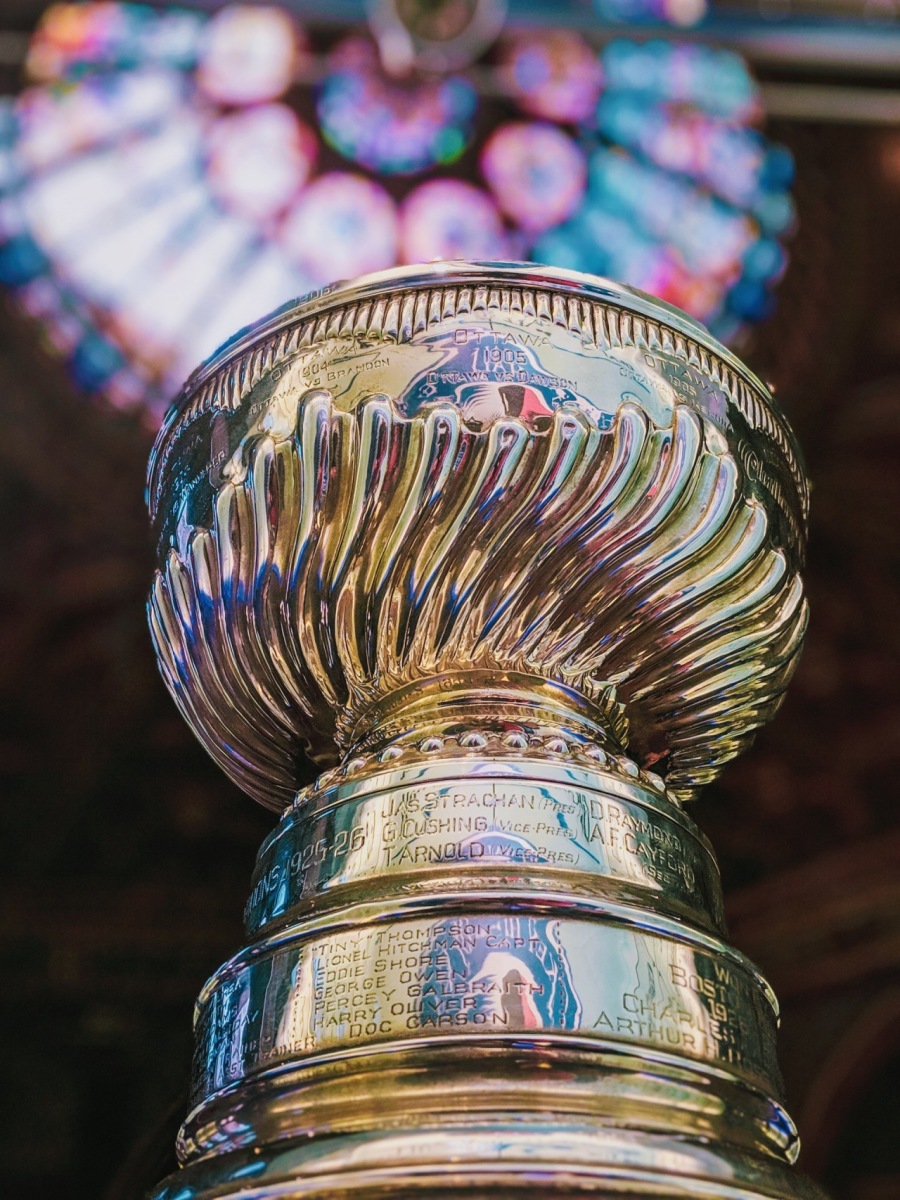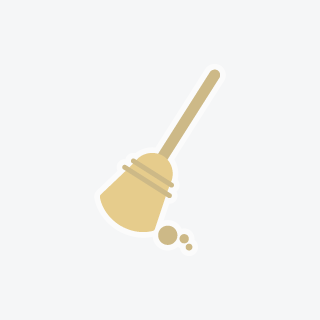A Brief History of the Stanley Cup

In 1892, Sir Frederick Arthur Stanley, the governor-general of Canada, paid ten guineas, or $50, for the original Stanley Cup trophy, a 7.28-inch high x 11.42-inch in diameter bowl.
According to the National Hockey League (NHL), the original Stanley Cup was to be awarded to the Canadian champion hockey team. In 1893, the Montreal Amateur Athletic Association of the Montreal Hockey Club was awarded the first Stanley Cup trophy. At that time, the winner didn't compete like today's winners do. Until 1906, the winner competed in challenge games between amateur teams, not competitions between the top professional teams.
In 1907, the Montreal Wanderers became a professional team and won the Stanley Cup trophy. The National Hockey Association, which became the NHL, began the championship playoffs in 1910 by playing teams from the Pacific Coast Hockey Association. U. S. teams were also allowed in the Stanley Cup playoffs in 1910. The first U.S. team to compete was the PCHA's Portland Rosebuds in 1916. They lost to the Montreal Canadiens. However, in 1917, the Seattle Metropolitans beat the Montreal Canadiens and won the Stanley Cup.
In 1918, the NHA became the NHL. The NHL played the various Western professional leagues from 1918 to 1926. Since 1926, the NHL has monopolized the Stanley Cup. The last non-NHL team to win the Stanley Cup was the Western Canada Hockey League's Victoria Cougars in 1925. They were the only non-NHL team to win the Stanley Cup. However, the next year, they lost the Stanley Cup to the Montreal Maroons and were the last non-NHL to compete for the Stanley Cup. In 1947, the NHL gained control of the Stanley Cup.
The Stanley Cup is now awarded to the captain of the Stanley Cup Final’s winning team by the NHL Commissioner. The current trophy is 35.25-inches high, weighs 34.5 pounds, and is made from a nickel and silver alloy. The Stanley Cup grew taller because, in 1914, it was decided to engrave the names of winning players on the trophy since some players were doing it themselves. The engraving was accomplished by adding bands to the trophy.
The NHL finally started retiring bands so that the trophy didn't grow any taller. So far, three bands have been removed and displayed at the Hockey Hall of Fame. The trophy’s style changed in 1939, 1948, 1958, and 1963. A duplicate Cup was created in 1993 so that one Cup could be displayed at the Hockey Hall of Fame while the presentation Cup was traveling. Since 1993, every member of the winning team is allowed to take the Stanley Cup home for a day.
Articles from David Grislis
View blog
Every year, there are new resolutions people would like to achieve. The common vows for many people ...

The oil and gas industry is an important indicator of the health of the economy as a whole. Right no ...

Scotland is making plans to reach net-zero by 2050, and Royal Dutch Shell, commonly referred to as S ...
You may be interested in these jobs
-
Mechanic
Found in: Talent US C2 - 1 day ago
Meineke Car Care Centers St. Pete Beach, United StatesBenefits: 401(k) · Bonus based on performance · Competitive salary · Dental insurance · Health insurance · Opportunity for advancement · Paid time off · Vision insurance · Benefits Include Bonus Potential · Opportunity for Continued Career Growth · Fast Paced · Friendly Team En ...
-

Housekeeping
Found in: beBee S2 US - 2 weeks ago
Housekeeper Hilo, United States FreelanceLooking for a reliable and experienced housekeeper in Hilo, Hawaii. Must have expertise in bathroom cleaning, shampooing carpets, doing dishes, and maintaining the general cleanliness of rooms. Additional tasks include kitchen cleaning, oven and fridge cleaning, and window washin ...
-

MDS Coordinator
Found in: Lensa US P 2 C2 - 3 days ago
Life Care Centers of America Elkhorn, United StatesThe RN MDS Coordinator coordinates and assists with completion and submission of accurate and timely interdisciplinary MDS Assessments, CA - As, and Care Plans according to CMS RAI Manual Regulations and in accordance with all applicable laws, regula Registered Nurse, Coordinator ...
Comments